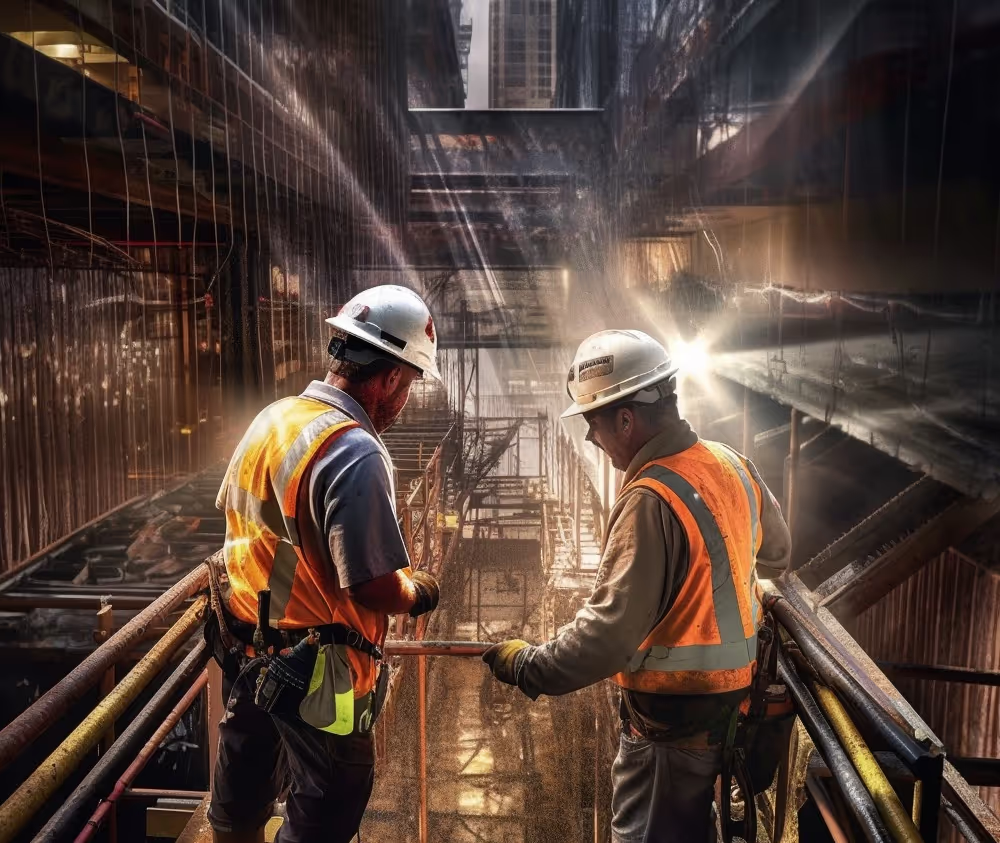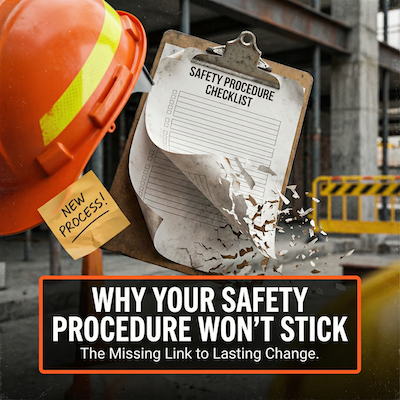In Australia, the construction industry is an economic powerhouse, employing over a million workers and generating significant revenue each year. The safety of these workers is crucial, and SafeWork Australia, the nation's occupational health and safety (OH&S) regulatory body, plays a vital role in ensuring that the industry upholds the highest safety standards. However, maintaining productivity and commercial viability can sometimes create friction between the regulator and the industry as they both strive to balance safety regulations with practical implementation.
The Objectives of SafeWork Australia and the Construction Industry
SafeWork Australia's Mission and Goals
SafeWork Australia is charged with the task of developing and implementing safety policies and regulations designed to protect workers' health and safety. This national policy body aims to improve safety outcomes by collaborating with various stakeholders, including employers, workers, and industry representatives. The primary focus of SafeWork Australia is to reduce the risk of workplace accidents and create a safer environment for construction workers throughout the country.
The Australian Construction Industry's Objectives
Safety is a core value in the construction industry, but companies must also strike a balance between their safety commitments and the need to stay productive and competitive. As a result, industry leaders are constantly seeking practical safety measures that align with SafeWork Australia's goals without compromising their commercial principles. The regulator and the industry share a common mission to prioritise safety; the challenge lies in finding harmony between safety regulations and their practical application on construction sites.

The Potential Conflict between Regulatory Goals and Industry Objectives
Regulatory Burdens and Compliance Challenges
Compliance with safety regulations can be costly for construction companies, necessitating significant investment in safety equipment, training, and administrative resources. While these costs are essential to ensure worker safety, they can also be perceived as an obstacle to productivity and innovation. In some cases, the burden of compliance may lead to companies cutting corners or avoiding safety measures, which can ultimately undermine the very purpose of these regulations.
The Consequences of Misaligned Objectives
If the objectives of the regulator and the industry are not in sync, worker safety may be compromised, and tensions may arise between SafeWork Australia and the construction industry. It is crucial to identify and address these potential conflicts to ensure the well-being of workers and the continued success of the industry. In the absence of a balanced approach, the construction industry may face a decline in productivity, while the regulator may struggle to enforce safety standards effectively.

Practical Recommendations for Improving Harmony and Efficacy in Safety Regulations
Learning from Successful Models in Other Countries
Examining best practices from countries with effective safety regulations, such as Sweden and Germany, can provide valuable insights. These countries have managed to create a healthy balance between safety regulations and their practical application in the construction industry. Adapting successful approaches from these countries to the Australian context can help improve the balance between regulation and practical implementation, leading to better safety outcomes.
Enhancing Collaboration and Communication between SafeWork Australia and the Construction Industry
Establishing open dialogue and involving industry stakeholders in policy development can help ensure that the perspectives of the construction industry are taken into account when drafting safety regulations. This collaborative approach can lead to regulations that are more effective and easier to implement, ultimately benefiting both SafeWork Australia and the construction industry. Regular meetings, workshops, and joint initiatives can foster a spirit of cooperation and shared responsibility for worker safety.
Driving Safety Innovations through Incentives and Rewards
One effective way to encourage the construction industry to invest in safety innovations is by introducing incentives and rewards. Government project tender assessments that consider safety innovations can help level the playing field for companies willing to invest in safety-enhancing technologies. Leveraging the "government as big client" concept can encourage the industry to develop and adopt innovative safety solutions that benefit workers, companies, and the broader community.
Promoting a Safety Culture within the Construction Industry
Fostering a culture of safety within the construction industry is essential for the successful implementation of safety regulations. Companies can achieve this by providing regular training, encouraging open communication about safety concerns, and recognising and rewarding employees who demonstrate a commitment to safety. By creating an environment where safety is valued and prioritised, construction companies can not only comply with SafeWork Australia's regulations but also exceed them, leading to a safer and more productive industry.
Conclusion: Moving Towards a Safer and More Productive Construction Industry
Striking the right balance between safety regulations and their practical application on construction sites is no easy feat, but by learning from international best practices, enhancing collaboration between SafeWork Australia and the construction industry, promoting safety innovations through incentives and rewards, and fostering a safety culture, Australia can make significant progress. These efforts will ultimately lead to a safer and more productive construction industry, benefiting workers, companies, and the nation as a whole.
FAQ
Q: What is the role of SafeWork Australia in the construction industry?
A: SafeWork Australia is the national occupational health and safety (OH&S) regulatory body responsible for developing and implementing safety policies and regulations to protect workers in the construction industry.
Q: Why is there a potential conflict between SafeWork Australia and the construction industry?
A: The conflict arises because construction companies must balance their safety commitments with the need to remain productive and competitive, which can sometimes create friction with the regulator's safety requirements.
Q: How can the construction industry learn from successful safety models in other countries?
A: By examining and adapting best practices from countries with effective safety regulations, such as Sweden and Germany, the construction industry can improve the balance between regulation and practical implementation.
Q: What can be done to improve collaboration between SafeWork Australia and the construction industry?
A: Establishing open dialogue, involving industry stakeholders in policy development, and promoting joint initiatives can help enhance collaboration and ensure that safety regulations are more effective and easier to implement.
Q: How can the government encourage safety innovations in the construction industry?
A: The government can introduce incentives and rewards, such as considering safety innovations in project tender assessments, to level the playing field for companies investing in safety-enhancing technologies.
Q: What is the importance of promoting a safety culture within the construction industry?
A: Fostering a safety culture is essential for the successful implementation of safety regulations and ensuring worker well-being. By prioritising safety and providing an environment that values and rewards safe practices, construction companies can improve compliance and exceed regulatory standards.
Q: How can the construction industry strike the right balance between safety regulations and practical implementation?
A: By learning from international best practices, enhancing collaboration with SafeWork Australia, promoting safety innovations through incentives and rewards, and fostering a safety culture, the construction industry can achieve a balance that benefits workers, companies, and the broader community.
Q: What are the benefits of improving harmony and efficacy in safety regulations?
A: Improved harmony and efficacy in safety regulations can lead to a safer and more productive construction industry, benefiting workers through reduced risk of accidents, companies through increased productivity and competitiveness, and the nation as a whole through economic growth.










.svg)
